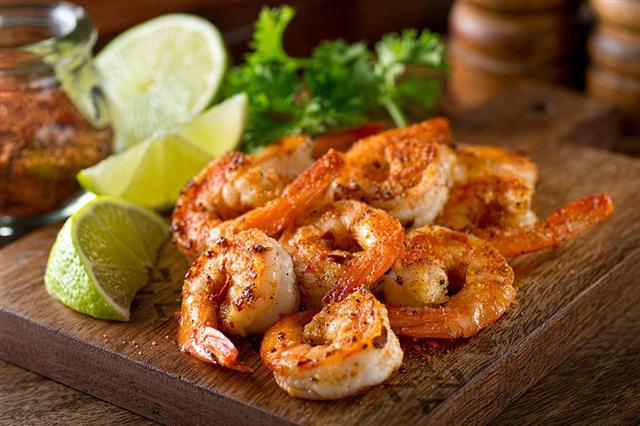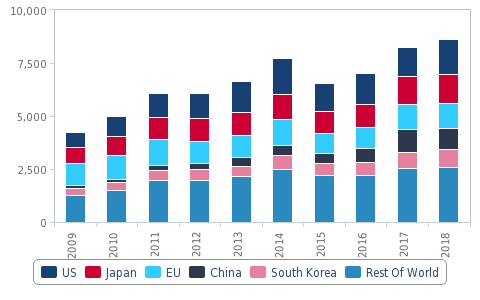Vietnamese seafood well placed to benefit from EVFTA
Vietnamese seafood well placed to benefit from EVFTA
As a top seafood import market for the EU, Vietnamese seafood is ideally placed to take advantage of the EU-Vietnam Free Trade Agreement (EVFTA), according to a report by Fitch Solutions.

The EVFTA gives preferential access to Vietnamese seafood
|
Based on the details of the agreement, Fitch Solutions believes Vietnamese seafood exports are perfectly placed to take advantage of improved market access in the EU. Of all seafood products Vietnam exported in 2019 ($7.8 billion), approximately 13.5 per cent went to the EU. With the ratification of the EVFTA, Vietnamese seafood will see improved market access via either duty-free quotas or the full liberalisation of tariff structures.
This includes urimi (a quota of 500 tonnes free of tariff, after which tariffs will apply) as well as canned, fresh, and chilled tuna (11,500 tonnes) will be subject to strict rules of origin. Unprocessed shrimp will be liberalised from day one. Tariffs on processed shrimp will fall to zero after seven years. Catfish will be liberalised in three years.
In 2018, the EU was Vietnam's third-largest export market for seafood products, at $1.2 billion (or 13.3 per cent of total seafood exports). Only the US ($1.6 billion) and Japan ($1.4 billion) import more seafood from Vietnam. Following the FTA, the EU’s share of Vietnam’s total seafood exports could potentially rise.

Vietnam is a main trade partner in seafood to the EU. Source: Trade Map, Fitch Solutions
|
From the EU's perspective, Vietnam is the region's fourth-largest non-EU country for seafood imports in 2019, after China, Ecuador, and Morocco. Over the past 10 years, annual EU seafood imports from Vietnam were stable but have slipped from being the second-largest import market in 2010.
Ecuador joined the EU-Colombia/Peru Trade Agreement in 2016, which saw the elimination of all tariffs on fishery products. Similarly, Morocco has an Association Agreement with the EU, which gives preferential treatment for agricultural, processed agricultural, and fishery products. This highlights how FTAs have been utilised to successfully increase the amount of fish products exported to the EU. The fact that Vietnam is already a top trade partner for the EU, despite only recently signing an FTA, highlights the opportunities that preferential treatment and trade liberalisation will create for Vietnamese seafood producers.
Fitch Solutions say that non-processed shrimp will benefit the most out of all Vietnamese seafood products, from increased trade between the EU and Vietnam. As mentioned, non-processed shrimp has seen tariffs completely liberalised from the ratification date (July 2020), meaning that Vietnamese shrimp is now more price competitive. In 2019, Ecuador, Argentina, and India all exported more shrimp (to the EU than Vietnam. Neither Argentina nor India have FTAs with the EU, meaning Vietnam will be able to quickly capitalise and increase its share of the EU market.
In addition, the trade agreement will give immediate tariff exemptions to 11,500 tonnes of canned, fresh, and chilled tuna. Vietnam exported 26,700 tonnes of tuna products to the EU in 2018. While strict rules of origin apply here, just over 40 per cent of Vietnamese tuna exports to the EU will be duty-free. Vietnamese producers can then average out the lower cost onto other products, resulting in better price margins.
























